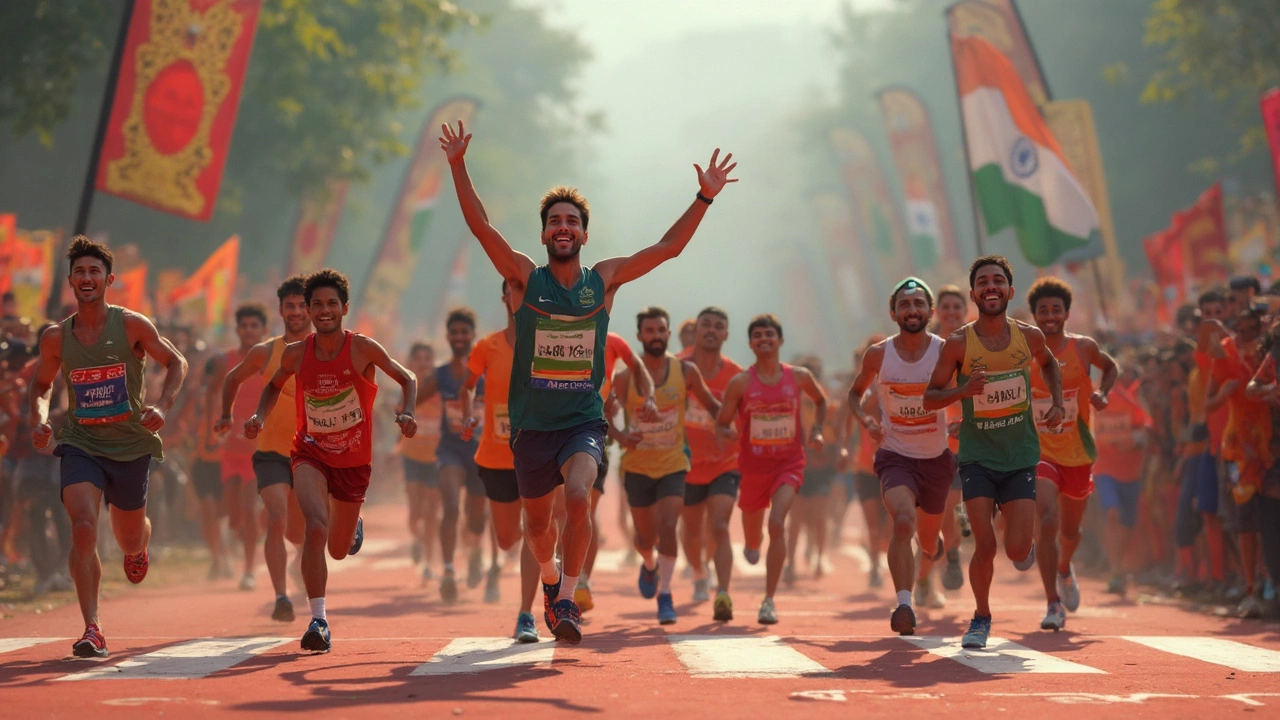Marathon Finishers: Practical Tips to Cross the Line and Recover Right
If you’ve ever stared at the 26.2‑mile marker and wondered if you’ll actually finish, you’re not alone. The good news? Finishing a marathon is mostly about smart planning, not magic. Below are real‑world steps that turn a daunting distance into a doable race day.
First off, treat the marathon like a long bike ride, not a sprint. Build a base of consistent runs (3‑4 times a week) for at least three months before you even think about a 20‑mile long run. Your body needs time to adapt to the mileage, not just the pain.
Key Tips to Cross the Finish Line
1. **Long Run Strategy** – Instead of logging a single 26‑mile training run, aim for 18‑20 miles at a comfortable pace. Research shows that doing the full distance in training raises injury risk without adding performance benefits.
2. **Pacing is Everything** – Start slower than you think you should. Most first‑time finishers lose time by “going out hard” in the first 5 miles. Use a GPS watch or the race’s split times to stay in your target heart‑rate zone.
3. **Nutrition on the Move** – Practice your race‑day fueling during long runs. A mix of carbs (gels, bananas) and electrolytes every 45 minutes prevents the dreaded bonk and keeps your muscles firing.
4. **Mindset Tricks** – Break the race into chunks: think of it as four 6‑mile loops. When you hit a mental wall, remind yourself you’ve already conquered the first segment and the finish line is getting closer.
Recovery and Running Frequency
Finishing isn’t the end of the story; how you recover decides when you can safely run another marathon. Experts recommend at least a 3‑month cooldown after a marathon before attempting another full race. Use this time for low‑impact activities like swimming or cycling to keep fitness without overloading joints.
If you love the marathon vibe, aim for 1‑2 races a year. Running more often than that spikes injury risk, especially if you don’t give yourself proper rest between long runs. A solid recovery plan—foam rolling, sleep, and balanced protein intake—helps you bounce back faster.
What about a “respectable” finish time? For most recreational runners, breaking 4 hours is a solid benchmark. Women tend to finish around 4 hours 15 minutes, while men average just under 4 hours. These numbers aren’t rules; they’re guides to help you set a realistic goal based on your training history.
Finally, track your progress. Keep a training log that notes mileage, pace, how you felt, and any aches. Over time you’ll spot patterns—maybe you recover best after a rest day or you run faster in cooler weather. Adjust your plan accordingly, and the finish line will feel less like a gamble.
Bottom line: finish a marathon by building a steady base, pacing wisely, fueling consistently, and respecting recovery. Stick to these basics, and crossing that tape becomes a matter of when, not if.
